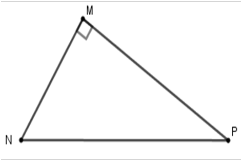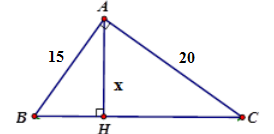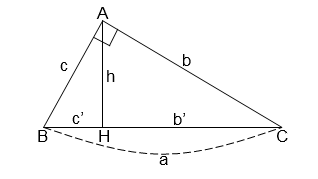Trả lời bởi giáo viên
Đáp án đúng: d
Điều kiện xác định: x≠1;x>0
P=1:(x+2x√x−1+√x+1x+√x+1−√x+1x−1)=1:(x+2(√x−1)(x+√x+1)+√x+1(x+√x+1)−√x+1(√x+1)(√x−1))=1:(x+2)(√x+1)+(√x+1)2(√x−1)−(√x+1)(x+√x+1)(√x+1)(√x−1)(x+√x+1)
=1:x√x+x+2√x+2+x√x+x−√x−1−(x√x+x+√x+x+√x+1)(√x+1)(√x−1)(x+√x+1)
=(√x+1)(√x−1)(x+√x+1)x√x−√x=(√x+1)(√x−1)(x+√x+1)√x(√x+1)(√x−1)=x+√x+1√x
Vậy P=x+√x+1√x với x≠1;x>0
+ So sánh P với 3.
Xét P−3=x+√x+1√x−3=x+√x+1−3√x√x=(√x−1)2√x
Với x≠1;x>0 ta có: √x>0; √x≠1 nên (√x−1)2>0 suy ra: P−3>0 hay P>3
Hướng dẫn giải:
+ Tìm điều kiện
+ Phân tích mẫu thức thành nhân tử rồi qui đồng mẫu các phân thức
+ Từ đó rút gọn biểu thức
+ Xét hiệu P−3 rồi so sánh hiệu đó với 0 để so sánh P với 3.




